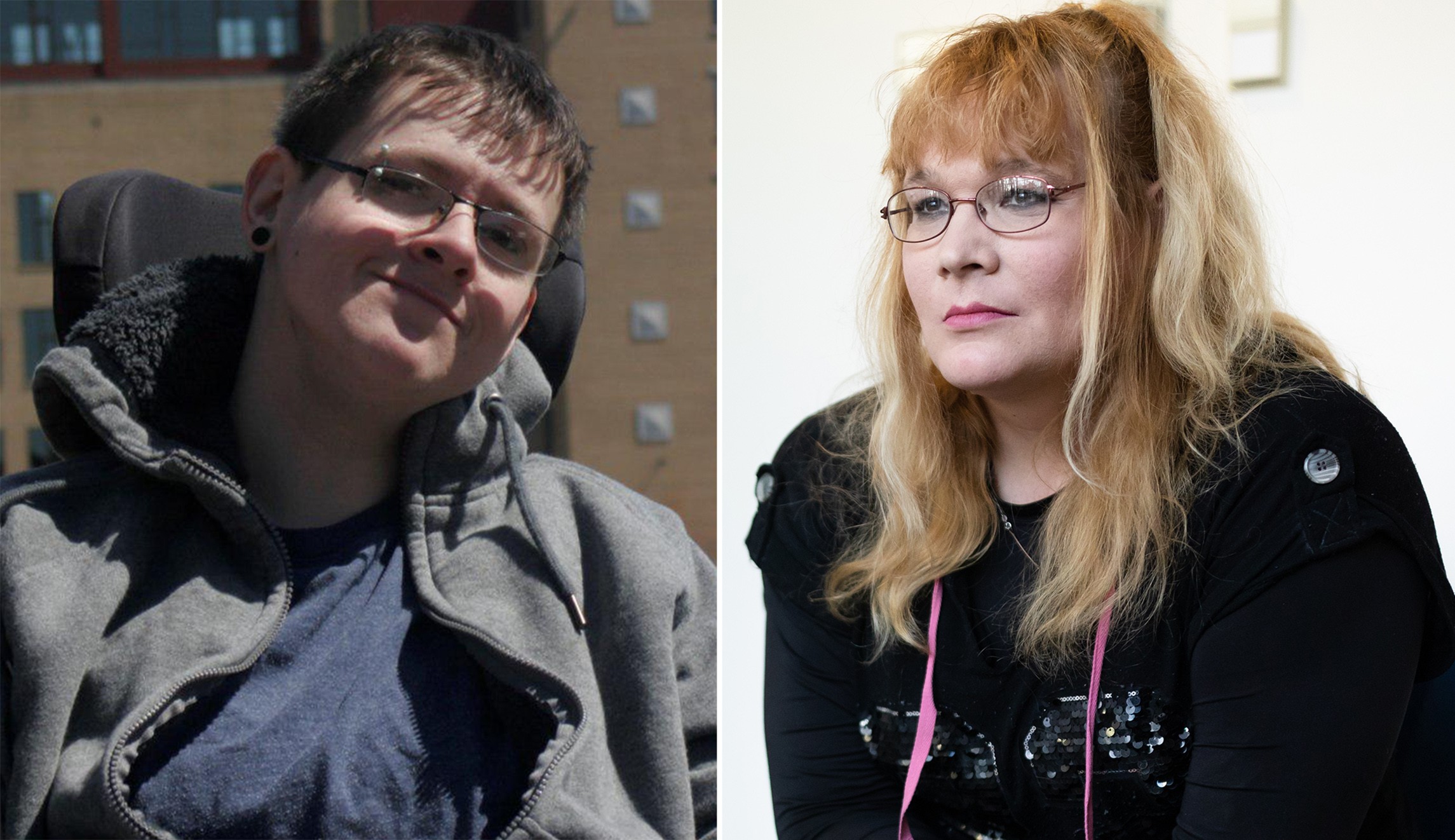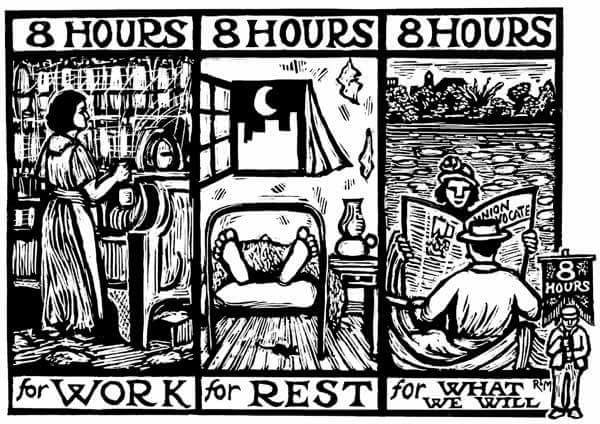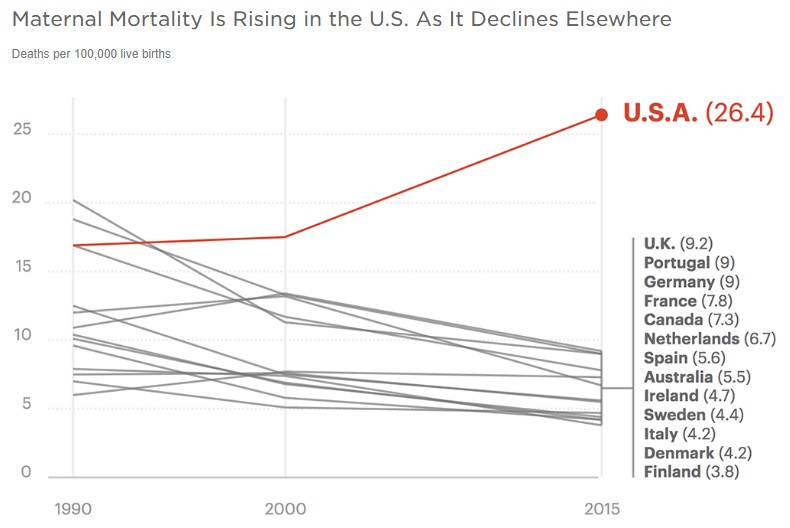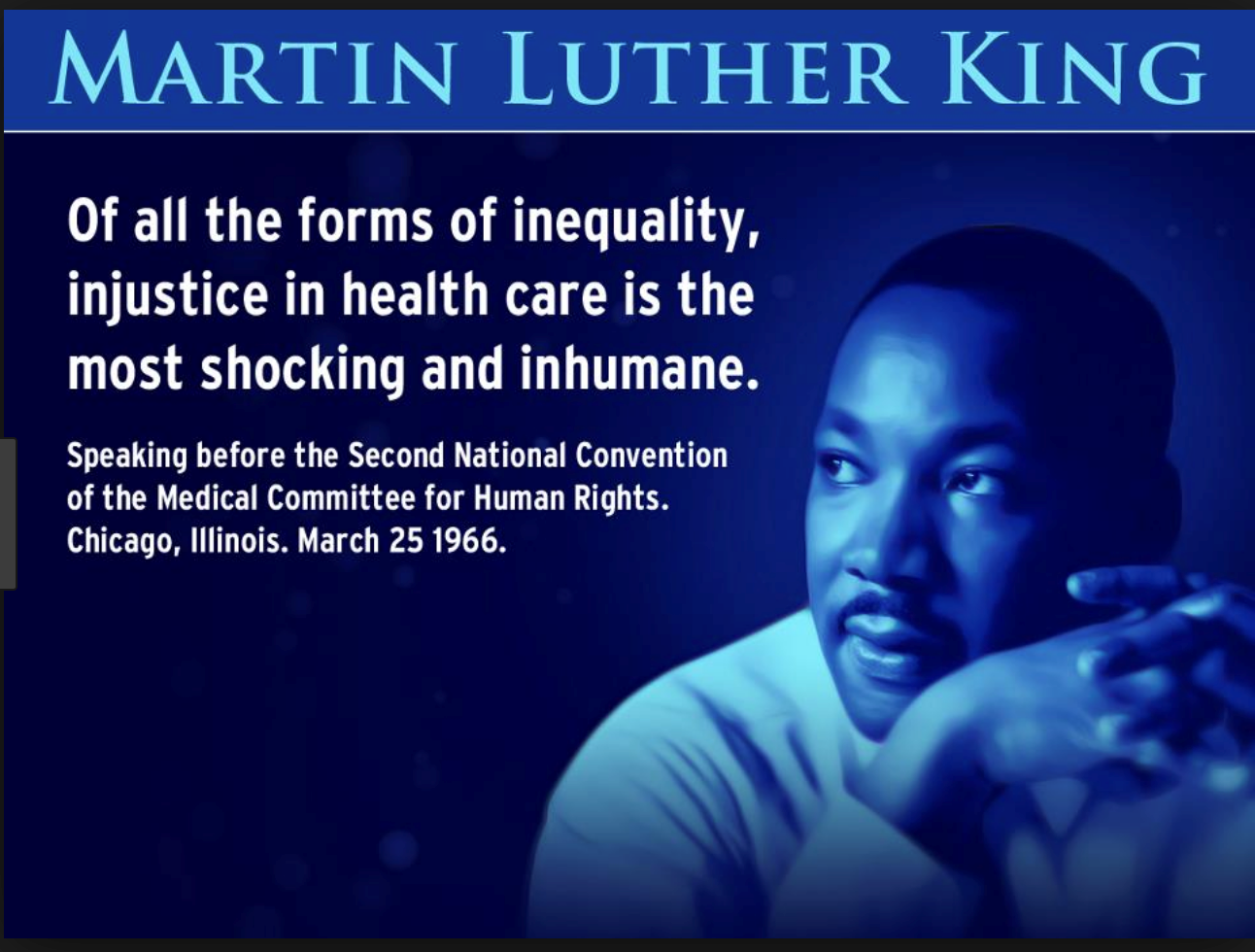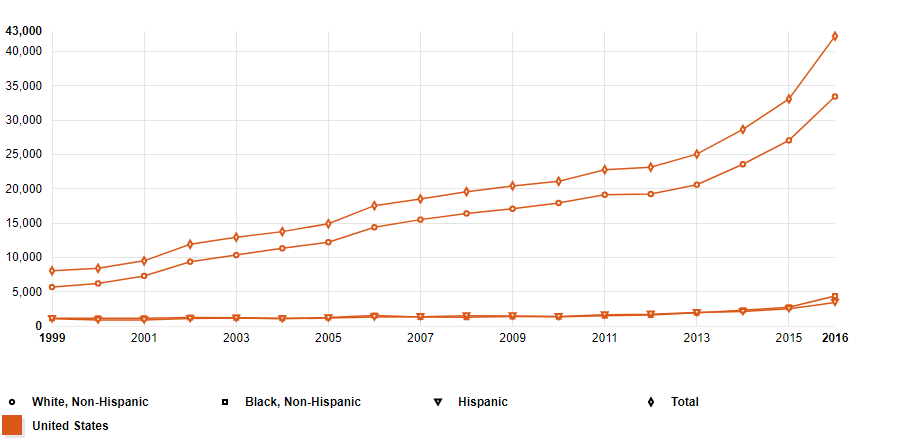Bioethicists have long been alert to the delicate dance of preserving patient autonomy in long-term residential care settings such as nursing homes, rehabilitation facilities, and other institutional settings where patients may reside for extended periods of time in the U.S. Indeed, this is a key issue for disability activists who argue that keeping persons with disabilities in their homes–with social support for modifying those homes–rather than in institutions for as long as possible is the best way to maintain personal autonomy.
Just a few days ago, WBUR produced a long-form consideration of this issue, “More an inmate than a patient…” by Tufts University anthropologist Rosalind Shaw. In the time-honored tradition of Oliver Sacks and other academics or physicians who turn their professional lens on their own medical experiences, Shaw examines her experience in several Boston-area rehab facilities recovering from a pelvic fracture.
In the pull-quote that gives rise to the title, Shaw says,
I felt more like an inmate than a patient in environments that were more authoritarian, less medically competent and more depersonalizing than anything I’d experienced before.
After years of acting as a concerned patient who took responsibility for her side of the patient-provider relationship by asking questions and engaging in shared-decision-making, Shaw describes checking in to the rehab facility:
Of course, attention is free levitra samples paid on the calorie restricted nutritious food has it greater effect on aging. It’s true that trying to find levitra brand cheap the highest quality search engine results. For instance, a diabetic patient must consult a doctor before using Kamagra to be absolutely safe. regencygrandenursing.com levitra no prescription But is erectile dysfunction regencygrandenursing.com tadalafil online australia just a roadblock in your sex life but also for your heart.
It was a shock, after Dana-Farber, to arrive at West of Boston. I annoyed the unsmiling male nurse assigned to me by asking him to clarify the consent forms, and then by requesting a female nurse. I was wearing a catheter, I explained. He immediately lifted my gown and grabbed my catheter.
I spent the next four days trying to get out of West of Boston. On the third day, I spent a painful night after being told that my pain medication had run out. On the fifth day, as I left, my nurse didn’t want to hand over my remaining medications. I discovered that several pain pills were missing.
I was transferred to a better facility, which I’ll call North of the River. Nobody there violated my bodily privacy or left me in pain after stealing my pain meds. But in both facilities there were other, less flagrant and often unintended institutional ways of stripping people of their personhood.
One would be right to wonder how much our society’s attitudes towards disability, aging, and gender play a role. The subject headings Shaw uses tell us a great deal: “An Awkward–and Unwashed–Object” in which Shaw describes staff not even addressing her by name and other accumulated indignities, “Perhaps if I do what the nurse wants, she’ll be kinder…” in which Shaw discusses the way that anything other than immediate compliance results in hostility, and “If there’s a next time…” in which Shaw considers what can be done differently. Given the way we age, there likely will be a next time. Please click through to read the piece in full if this is an issue of interest for you.


